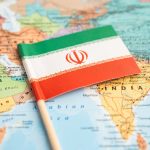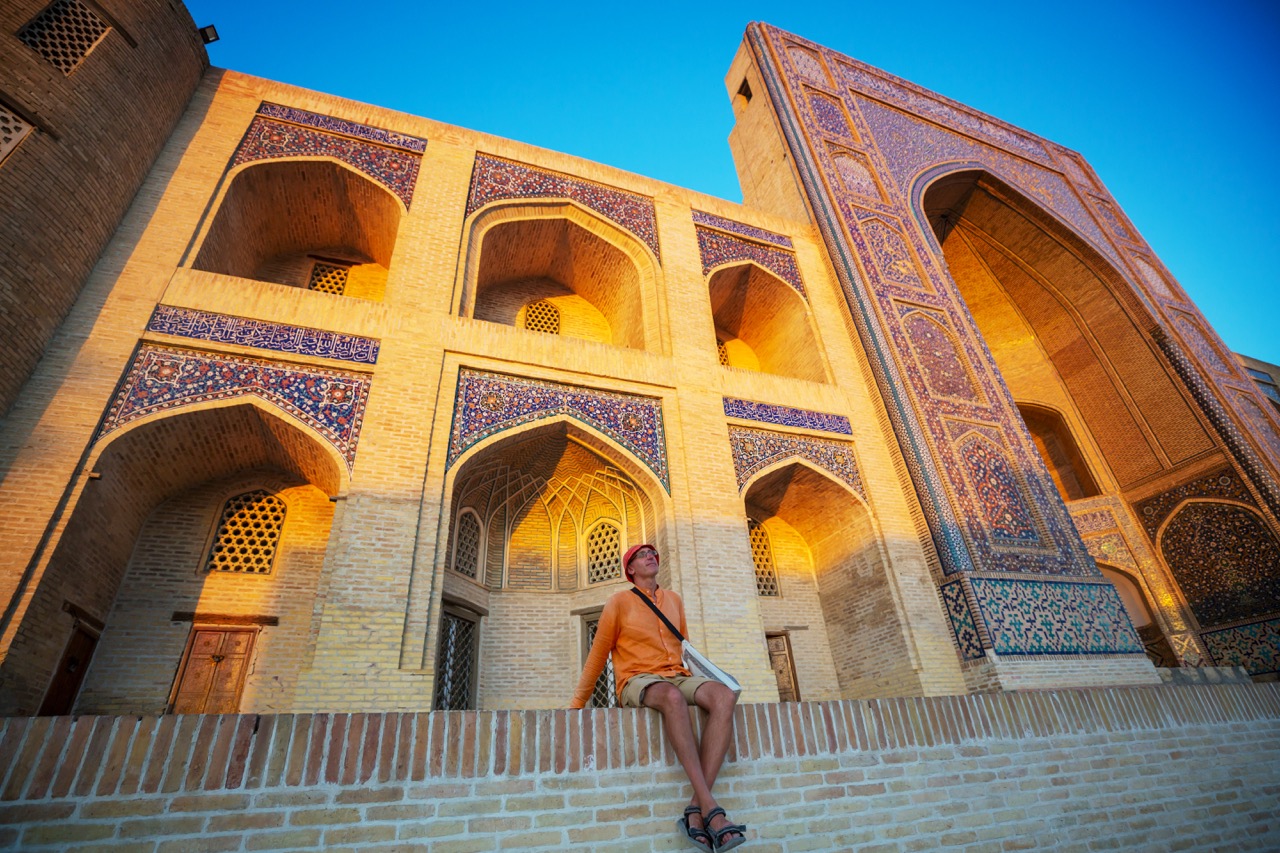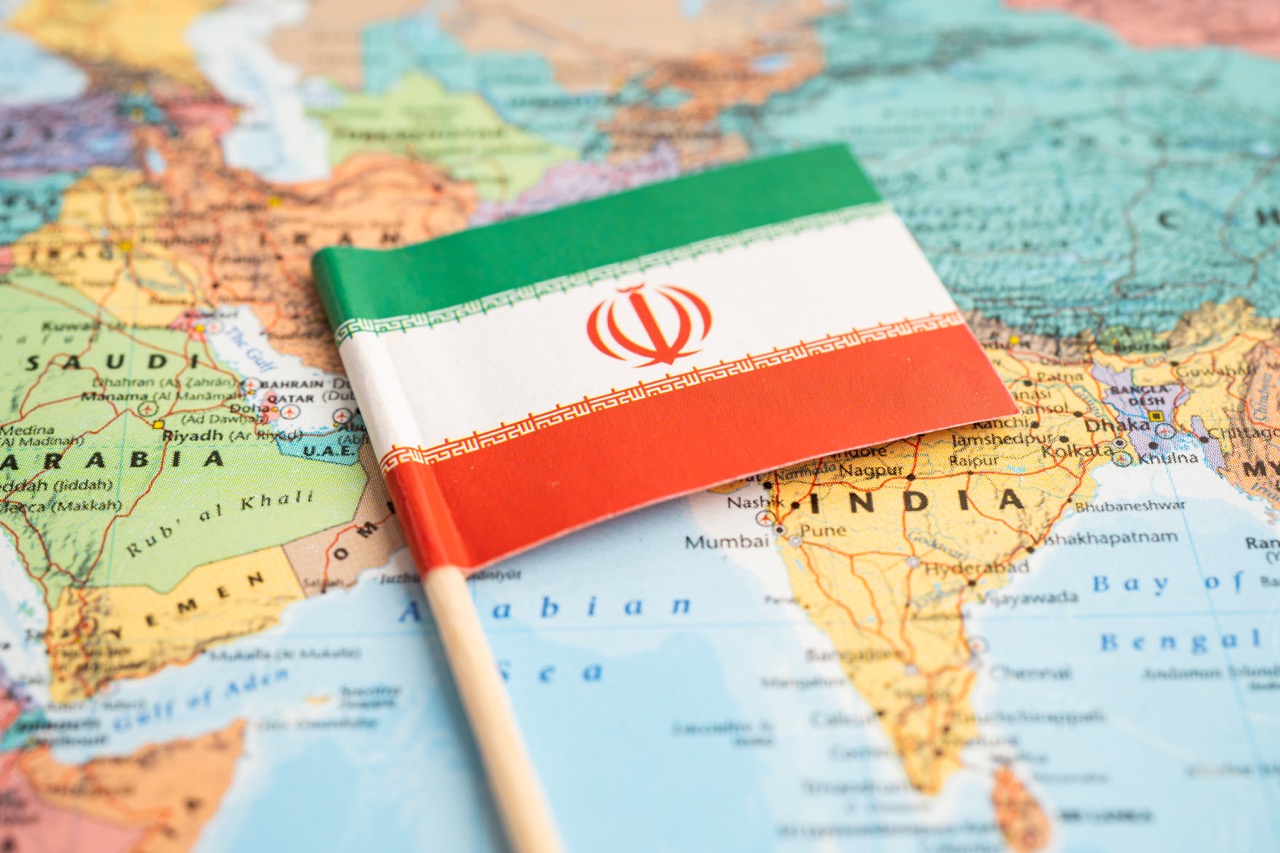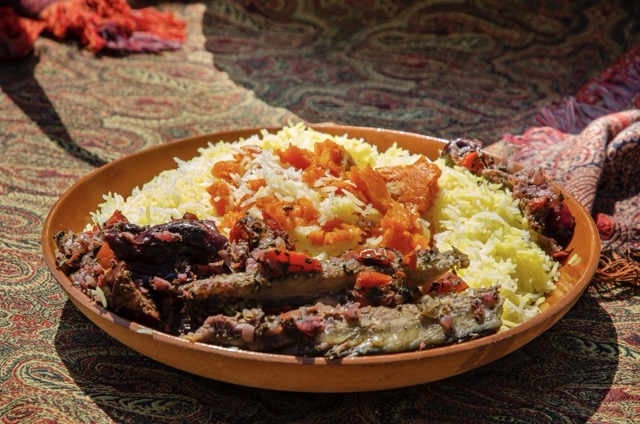The Persian Royal Road, a remarkable feat of engineering and a vital artery of communication and commerce, played a pivotal role in the development of one of history’s most influential empires. Spanning approximately 2,500 kilometers, this ancient highway facilitated the movement of troops, goods, and information across the Achaemenid Empire, which flourished from the 6th to 4th centuries BCE. Understanding its origins, routes, and significance provides insight into how the Royal Road shaped not only the ancient world but also laid foundational principles that continue to influence modern infrastructure.
The Origins of the Persian Royal Road: A Historical Overview
The Persian Royal Road can trace its origins back to the reign of Cyrus the Great, founder of the Achaemenid Empire in the 6th century BCE. Recognizing the need for an efficient means of connecting the various regions of his vast empire, Cyrus initiated the construction of a detailed road network. This initiative was further developed under Darius I, who expanded the road and standardized it, ensuring that it served both administrative and military purposes. The Royal Road became a testament to the Achaemenids’ innovative approach to governance and logistics, symbolizing their ambition to unite a diverse array of cultures and territories under a single administration.
The road’s establishment was not merely a logistical necessity, but a strategic move to enhance the control and stability of the Achaemenid Empire. By facilitating quick troop movement and easy access to remote provinces, the Royal Road enabled the centralized government to respond swiftly to threats and maintain order. The integration of various regions through this thoroughfare fostered a sense of unity and shared identity among the subjects of the empire, which was crucial for its sustainability and growth.
The Ancient Empires: Context of the Royal Road’s Creation
The creation of the Persian Royal Road must be contextualized within the broader landscape of ancient empires. During the 6th century BCE, the Near East was a tapestry of powerful kingdoms and city-states, including the Medes, Babylonians, and Egyptians, each vying for dominance. The establishment of the Royal Road was a direct response to the need for efficient governance and military mobility in this competitive environment. The Achaemenid Empire sought to consolidate its power by promoting trade, cultural exchange, and communication, which required a robust infrastructure that could support these activities.
Moreover, the Royal Road was influenced by earlier trade routes, such as the Assyrian roads and the famous Silk Road, which connected the East and the West. These earlier networks highlighted the importance of commerce and interaction among various cultures. The Persian Royal Road, therefore, not only served the Achaemenid Empire’s immediate needs but also reflected a continuity of infrastructural development and the age-old human desire to connect and trade across vast distances.
Key Routes and Geographic Highlights of the Royal Road
The Persian Royal Road stretched from the ancient city of Sardis in western Anatolia to Susa, the administrative capital of the Achaemenid Empire, covering diverse landscapes that included mountains, deserts, and fertile plains. Major cities along the route, such as Ecbatana, Persepolis, and Babylon, served as vital hubs for trade and communication. The road itself was carefully engineered, featuring rest stations called "caravanserais," which provided shelter and resources for travelers and merchants. These rest stops were strategically placed to ensure that caravans could travel safely and efficiently, bolstering the movement of goods and people.
Geographically, the Royal Road traversed some of the most significant terrains of the ancient world. From the rugged highlands of Persia to the low-lying plains of Mesopotamia, the road not only facilitated trade but also provided access to critical resources. The variation in climate and geography along the route contributed to the exchange of diverse goods, such as textiles, spices, and precious metals. This geographic diversity ultimately enhanced the economic robustness of the empire and facilitated rich cultural interactions among its inhabitants.
The Role of the Royal Road in Trade and Economy
The Royal Road was a cornerstone of trade within the Achaemenid Empire, acting as a conduit for economic activity across its vast territories. Merchants traveling the Royal Road could transport goods efficiently, reducing travel times and costs significantly. The road enabled the exchange of a plethora of commodities, including Persian rugs, glassware, and agricultural products, with regions far beyond the empire’s borders. This not only enriched the economy of Persia but also established it as a critical player in the lucrative trade networks of the ancient world.
Furthermore, the economic impact of the Royal Road extended beyond mere trade. It allowed for the collection of taxes and the movement of tribute from provincial satrapies to the central government. This financial flow was essential for maintaining the administrative machinery of the empire and supporting infrastructural projects. The Royal Road thus played a dual role—facilitating trade while also reinforcing the economic foundations necessary for the empire’s longevity and prosperity.
Communication and the Royal Road: Speeding Information Flow
One of the significant innovations associated with the Persian Royal Road was its capacity to enhance communication across the vast Achaemenid Empire. The creation of a relay system known as the "Angarium" allowed for messages to be transmitted quickly. Mounted couriers, stationed at intervals along the road, could cover great distances in a remarkably short time. Historical accounts suggest that messages could travel from Susa to Sardis in just a week, an extraordinary feat for the time. This system revolutionized governance by allowing central authorities to stay informed about distant provinces and respond promptly to potential issues.
The implications of such an efficient communication network were profound. It not only enabled the swift relay of military commands but also facilitated the flow of information regarding trade, resources, and local governance. As a result, the Royal Road fostered a level of administrative oversight and efficiency that had been unprecedented in prior empires. This capacity for rapid communication contributed to the stability of the Achaemenid Empire, allowing it to maintain control over its diverse territories.
Persian Culture and Society: Influences from the Royal Road
The Persian Royal Road served as more than just a physical pathway; it was a channel for cultural exchange and interaction among the diverse peoples of the Achaemenid Empire. As traders, travelers, and officials traversed this route, they brought with them diverse customs, languages, and religious practices. This melting pot of cultures fostered an environment of cosmopolitanism, where ideas and traditions were shared and assimilated. The road thus played a crucial role in shaping a unique Persian identity that was enriched by its multifaceted influences.
Moreover, the Royal Road facilitated the spread of Zoroastrianism, the predominant religion of the Persians, along with other philosophies and belief systems. As the road connected various regions, it also connected their people spiritually and intellectually, allowing for a broader discourse on morality, governance, and social order. The interaction facilitated by the Royal Road ultimately contributed to the rich tapestry of Persian culture, which was characterized by its inclusivity and adaptability—a legacy that resonates in the region’s cultural landscape even today.
The Decline of the Royal Road: Factors and Consequences
The decline of the Persian Royal Road is often associated with the fall of the Achaemenid Empire in the 4th century BCE, which was marked by conquest and fragmentation. As Alexander the Great invaded Persia, the centralized governance that had maintained the Royal Road fell apart. Localized conflicts, coupled with the changing dynamics of trade routes following the empire’s dissolution, diminished the road’s importance. The once-bustling thoroughfare, which had connected major cities and cultures, began to fall into disrepair, reflecting the broader political and social instability of the region.
Furthermore, the rise of new empires and trade routes, such as the expansion of the Hellenistic world, shifted economic activities away from the traditional centers established along the Royal Road. As new powers emerged, the need for the extensive communication and trade facilitation provided by the Royal Road diminished. Consequently, the road became less traversed, leading to the gradual erosion of the infrastructure that had once thrived under the Achaemenid Empire, signaling a shift in the geopolitical landscape of the ancient world.
Archaeological Discoveries Along the Royal Road’s Path
Archaeological explorations along the Persian Royal Road have uncovered numerous remnants of ancient civilization, providing a glimpse into the road’s significance. Excavations have revealed well-preserved caravanserais, rest stops, and administrative buildings that once catered to travelers and merchants. In some locations, inscriptions and artifacts have surfaced, offering insights into the customs, trade practices, and everyday life of those who traversed this historic route. These discoveries underscore the road’s role in fostering cultural interchange and economic activity during its operational period.
Moreover, the remnants of ancient cities along the Royal Road, such as Persepolis and Susa, further reinforce the importance of this infrastructure in the grandeur of the Achaemenid Empire. Walls, temples, and other constructions found in these archaeological sites bear testimony to the architectural innovations and artistic expressions that flourished due to the economic prosperity facilitated by the Royal Road. The ongoing research and excavation efforts continue to contribute to our understanding of ancient Persian society and its achievements, revealing the lasting impact of this monumental roadway.
The Royal Road’s Legacy in Modern Infrastructure
The legacy of the Persian Royal Road extends well beyond its immediate historical context, influencing modern infrastructure and transportation systems. The principles of efficient road construction, strategic waypoints, and systematic communication systems can be traced back to the innovations pioneered during the Achaemenid period. Contemporary highways and trade routes often draw inspiration from the logistical frameworks established by ancient civilizations, including Persia. The Royal Road exemplifies how infrastructure can support economic development, cultural exchange, and political stability, an understanding that resonates in modern planning and engineering.
Furthermore, the Royal Road serves as a reminder of the importance of connectivity in fostering unity among diverse populations. In a globalized world, the need for efficient transportation and communication channels is more pertinent than ever. As nations grapple with issues of accessibility and interconnectivity, the lessons learned from the engineering and administrative successes of the Royal Road can inform contemporary infrastructure projects, emphasizing the enduring relevance of historical achievements in shaping modern society.
The Persian Royal Road stands as a monumental symbol of the Achaemenid Empire’s ambition and ingenuity. Its establishment and subsequent use encapsulate the interplay between infrastructure, economy, culture, and governance in the ancient world. By understanding the significance of the Royal Road and its various impacts—ranging from trade facilitation to cultural interaction and administrative efficiency—we can appreciate how these ancient developments continue to inform our modern world. The lessons derived from the Royal Road encourage us to recognize the value of connectivity and the role of infrastructure in shaping societies throughout history.










